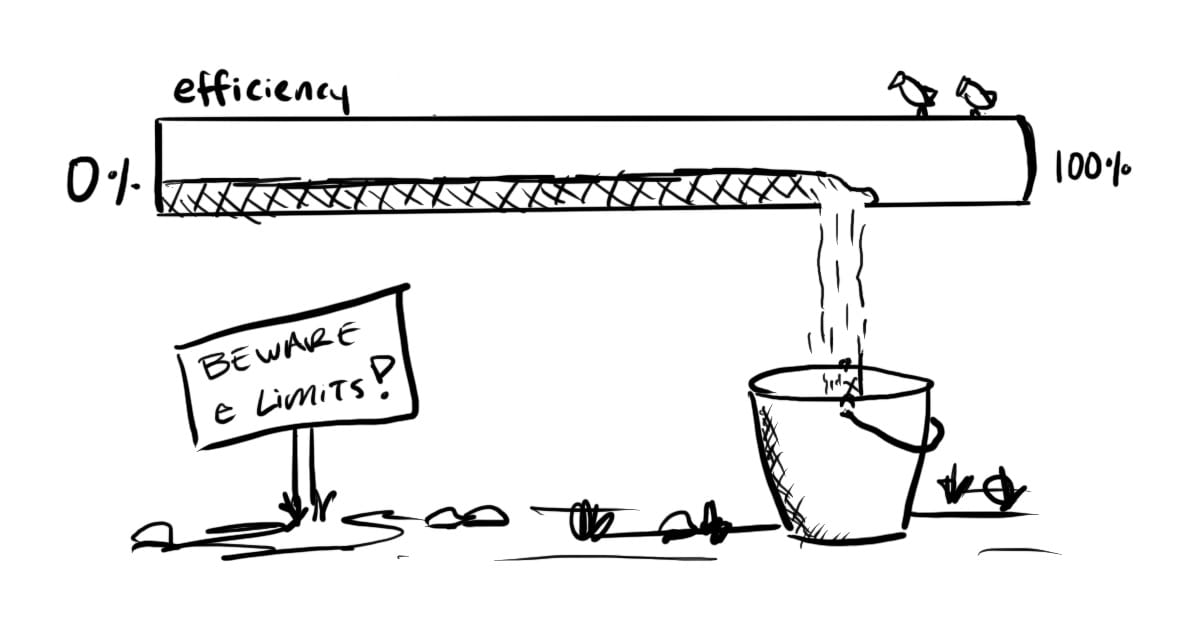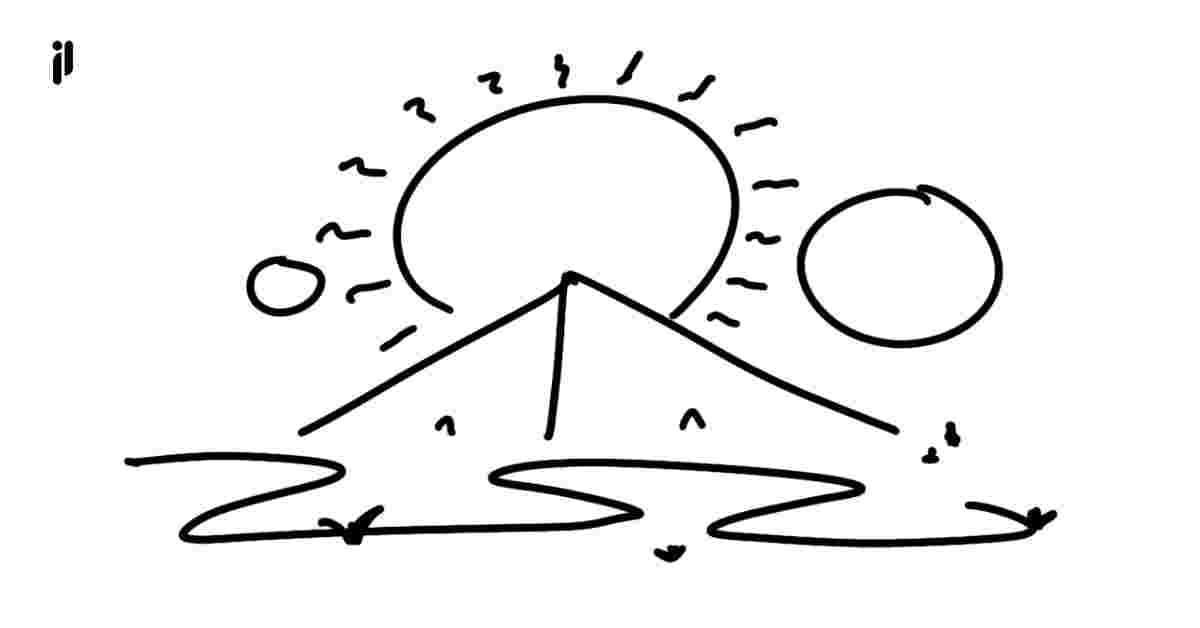How I read for insightful action (my 4-step practice)
If you want to quickly apply your readings to your life, this method has worked wonders for me.

This is a utility-oriented way of reading. It’s neither for everyone nor every book.
But, if you want to more immediately apply your readings to your life, this method has worked wonders for me.
I hope you find some value in it, too ❤️
I love the feeling of reading a book that relates directly to the challenges I’m facing in various aspects of my life.
Videos, articles, and other quickly made content are sometimes valuable. But the thoughtfulness in books and other highly refined forms of knowledge is exponentially more useful per unit of time spent.
But here’s my problem. Let me know if it sounds familiar.
During and immediately after reading an actionable nonfiction book, I have a buzz of great ideas.
Some get captured. The best might even translate to change while I’m still reading.
But after I finish the book, I can’t seem to hold on to the great ideas I had while reading. Even with a notes doc on my computer. Even with the most well-intentioned reading habits in mind.
I knew good ideas were slipping through the cracks. So, I switched things up.
Now, I read in relative flow. After finishing a book, I have a simple practice that takes about an hour and lets me squeeze out all the fresh insights that I had while reading.
Then, they instantly get applied to the challenges I’m facing in a way that reinforces the book’s big takeaways.
Here are the steps.
1 — I only take margin notes while reading
I read using the Kindle app. I’ve found that switching to a different app to take notes really messes with my focus.
When I finish a section or find a really valuable snippet while reading, I highlight and take notes directly on the page.
Often I’m just putting it into my own words. Occasionally though, I make a strong connection that I want to capture immediately. If I wait, it’s gone.
2 — I unify my margin notes when I finish the book
I keep my reading list in Notion as a database. When I finish a book I create a new entry with 3 sections:
- Margin Notes
- Reflections
- Actionable Insights
After I finish the book, I create a document and go through my margin notes using the Kindle notebook feature.
Then I transcribe all my margin notes into the unified doc by rewriting/typing them as bullet points. I shorten them wherever possible and mark ones that give “holy crap, huge insight” vibes.
3 — After unifying my margin notes, I reflect
Immediately after transcribing my margin notes as bullet points, I jot down any new thoughts that came up in the “Reflections” section.
The book and its contents have likely spurned some broader thinking. This is a good time to mark any larger connections and draw lines between the dots in my own way.
As soon as I start staring at a blinking cursor, I move on.
4 — I turn my margin notes and reflections into actionable insights
Finally, I create a new document and line up my margin notes side-by-side with it.
Then, I go down each bullet point in my “Margin Notes” and — on the new document — write down any tasks for my life/projects/challenges that come to mind.
I write them as a checklist format.
I work down my entire list of notes. After, I have a checklist of insight-inspired actions.
Those to-do items get logged, loaded and scheduled in my task manager.
Then I’m done.
In Summary
Since I’ve started using this method, I’ve found reading nonfiction even more enjoyable.
I get to read in flow, draw useful connections between the book’s information and how to use it, and (perhaps most importantly) see more immediate results from the content.
Let me know if you find it useful, too.





